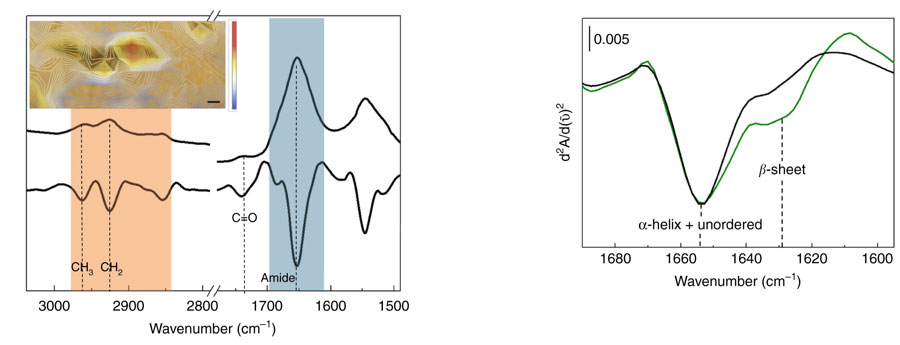L'Hospitalet de Llobregat (Barcelona), 27th March, 2019. Researchers of the Bellvitge Biomedical Research Institute (IDIBELL) led by Dr. Montse Olivé have described in Nature Communications a new muscular disease caused by a mutation in the myoglobin gene. The study has been possible thanks to a collaboration with a group of geneticists from the University of Western Australia (UWA), led by Prof. Nigel Laing, and researchers from the Karolinska Institute (Stockholm, Sweden).
Myoglobin, the protein that gives muscles their red colour, has as its main function the transportation and intracellular storage of oxygen, acting as an oxygen reservoir when there are low levels (hypoxia) or a total lack thereof (anoxia). It also acts as scavenger of free radicals and other reactive oxygen species, avoiding cell damage due to oxidative stress.
"This is the first time that a disease caused by a mutation in the myoglobin gene has been identified", says Montse Olivé, doctor at the Bellvitge University Hospital, responsible for the muscular disease area and researcher of the Human Molecular Genetics group of the Genes, Disease and Therapy at IDIBELL. "We have identified the same mutation in several members of 6 unrelated European families, all of whom had the same symptoms and showed very characteristic lesions - called sarcoplasmic bodies - in muscle biopsies", adds Dr Olivé.
Myoglobinopathy, the name that has been proposed for the new disease, manifests between the fourth and fifth decade of life. It causes a progressive weakness of the axial and limb muscles, and in more advanced stages affects the respiratory musculature and the heart.
The study has also involved, among others, researchers from the ALBA Synchrotron and the Univesitat Autònoma de Barcelona (UAB). The infrared microscopy of the MIRAS beamline at the ALBA Synchrotron, which is able to characterize the chemical composition and structure of proteins, allowed researchers to demonstrate the presence of oxidized lipids in the damaged muscle cells. "We have observed that sarcoplasmic bodies correspond to oxidized lipids and misfolded proteins", says Nuria Benseny, a postdoctoral researcher at the ALBA synchrotron.
Finally, researchers from the universities of Modena and Vienna have identified an alteration in the biochemical and thermodynamic properties of the mutated myoglobin, including an alteration in the oxygen-binding capacity that contributes to the formation of the lipid and protein aggregates that are found in the muscles of the patients.
This discovery has allowed to establish the diagnosis for some patients after many years and will allow researchers to focus on finding a cure for this disease from now on.

Left, Typical μFTIR spectra and their second derivative of the muscle tissue where the lipid region has been highlighted in orange and the protein region in blue; the inset shows the lipid/protein ratio (calculated from the Infrared spectra) on an optical image of a tissue section with sarcoplasmic bodies. The color bar represents intensity of the ratio: blue and red mean low and high lipid content, respectively. The scale bar is 4 microns. Right, Infrared second derivative spectrum of the amide region of one sarcoplasmic body (green) showing an increase of β-sheet structures indicating protein aggregation. Second derivative of the amide region corresponding to the tissue surrounding the sarcoplasmic bodies (black).
About IDIBELL
The Bellvitge Institute of Biomedical Research (IDIBELL) is a biomedical research center founded in 2004. It is participated by Bellvitge University Hospital and Viladecans Hospital of the Catalan Institute of Health, the Catalan Institute of Oncology, the University of Barcelona and Hospitalet de Llobregat's Town Hall.
IDIBELL is located in L'Hospitalet de Llobregat, south of Barcelona. IT is a member of the International Campus of Excellence of the University of Barcelona HUBc and is part of the CERCA institution of the Generalitat of Catalonia. In 2009, it became one of the first five Spanish research centers accredited as a health research institute by the Carlos III Institute of Health.




